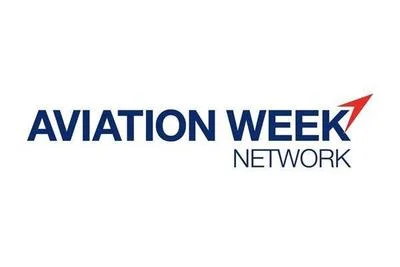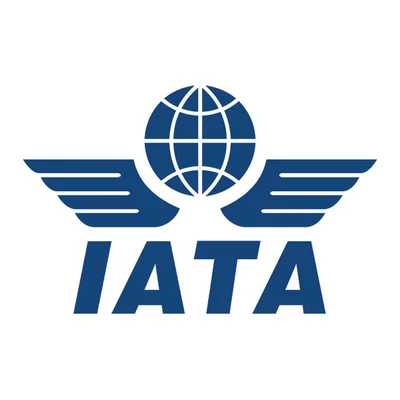Factors contributing to these risks include increased recreational and commercial UAV popularity leading to more airspace infringements. Reporting inconsistencies also affect data accuracy; NASA’s ASRS accepts voluntary pilot reports while the FAA includes reports from anyone.
There are four main risk factors:
1. Popularity: Over one million registered UAVs can fly up to 400 feet, posing risks during aircraft landing or takeoff.
2. Regulation issues: DJI removed built-in geofencing that prevented drones from entering restricted areas due to lack of official guidance.
3. Detection challenges: The FAA is testing systems for drone detection without interfering with navigation systems.
4. General challenges: Voluntary safety reporting and difficulty detecting small drones lacking transponders or ADS-B transmitters.
The past decade shows an increase in alarming reports since they spiked in 2015 alongside rising drone popularity and accessibility.
Experts warn that readily available drones pose real collision threats due to their low entry costs. William Waldock from Embry-Riddle Aeronautical University stated, "You can buy a sophisticated drone online that reaches altitudes it has no business at." Hannah Thach, Executive Director of ASSURE, added that “Additional changes are needed to let airports detect and mitigate [drone-related threats] where necessary.”
In March 2023, the FAA’s UAS Detection and Mitigation Systems Aviation Rulemaking Committee issued recommendations aimed at improving safety through better detection system integration.
Airlines are investing in private drone detection systems; some Airbus A320s already feature experimental LIDAR cameras alerting pilots about approaching UAVs.
Drone strikes differ significantly from bird strikes—the most common midair collision—due to unpredictable hobbyist flights often lacking flight plans which complicate detection efforts compared with predictable bird migrations addressed by airport radars/prevention systems.
As technology advances toward mandatory geofencing software for all commercial drones by possibly 2026—raising manufacturing costs but enhancing safety—it remains crucial for regulators/officials/users alike coordinate efforts minimizing potential tragedy-causing risks associated with growing incidents/reports related collisions involving large passenger jets operating near increasingly crowded skies populated unmanned aerial vehicles seeking same shared spaces aloft above earth below us all together simultaneously today tomorrow beyond forevermore perhaps?
 Alerts Sign-up
Alerts Sign-up




































